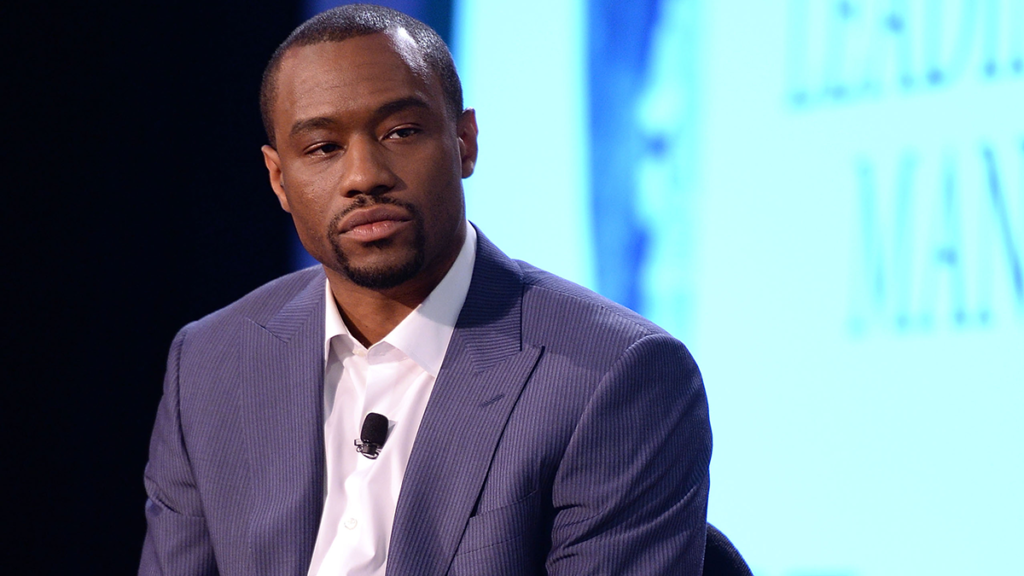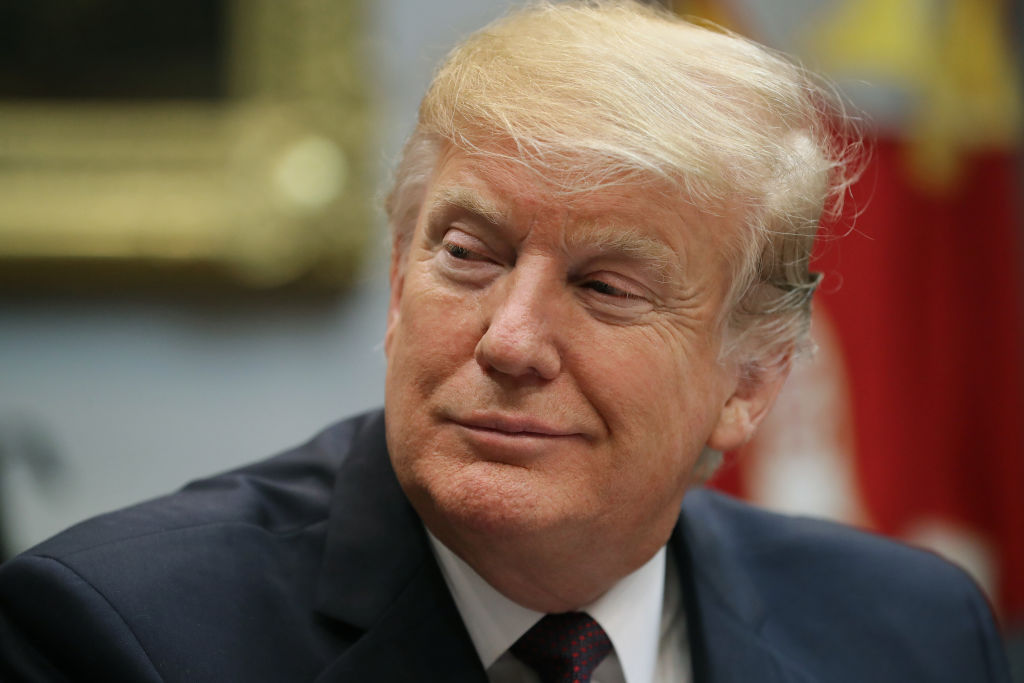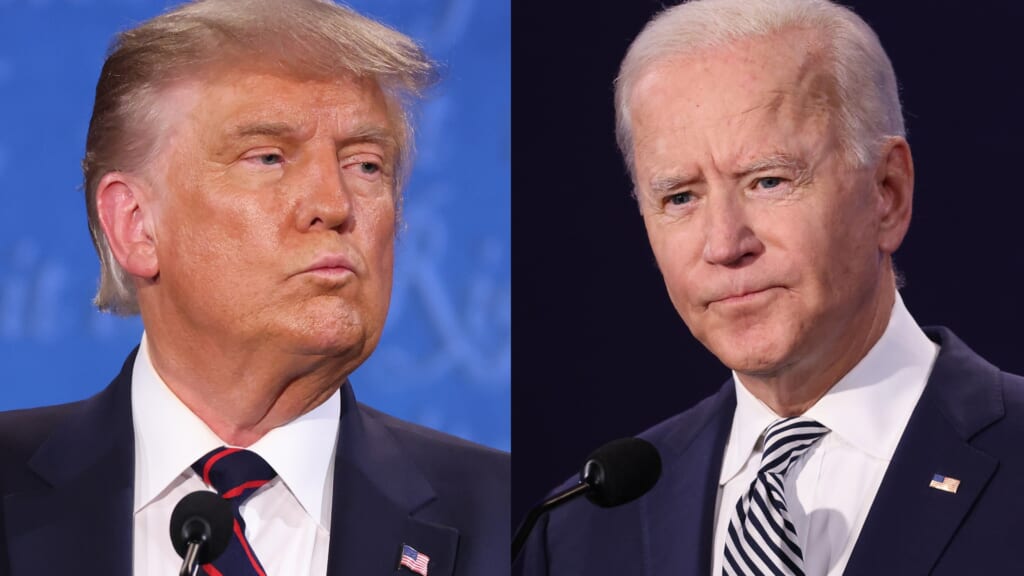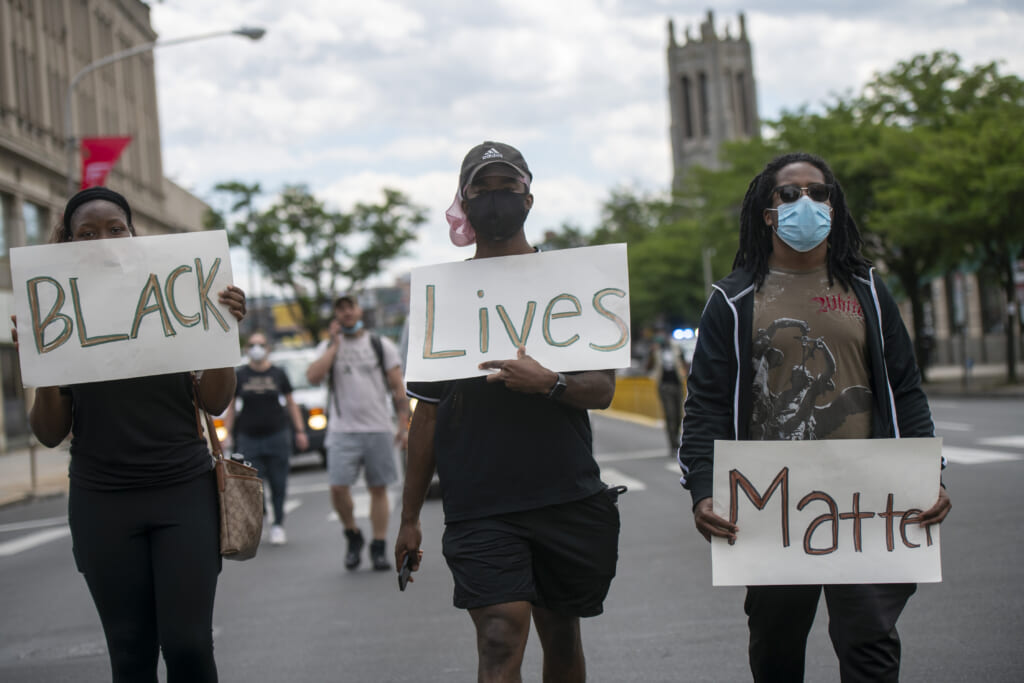If you have ever had a book self-published through Amazon or similar fulfillment houses, chances are good that the physical book did not exist prior to the order being placed. Instead, that book existed as a PDF file, image files for cover art and author photograph, perhaps with some additional XML-based metadata indicating production instructions, trim, paper specifications, and so forth.
When the order was placed, it was sent to a printer that likely was the length of a bowling alley, where the PDF was converted into a negative and then laser printed onto the continuous paper stock. This was then cut to a precise size that varied minutely from page to page depending upon the binding type, before being collated and glued into the binding.
At the end of the process, a newly printed book dropped onto a rolling platform and from there to a box, where it was potentially wrapped and deposited automatically before the whole box was closed, labeled, and passed to a shipping gurney. From beginning to end, the whole process likely took ten to fifteen minutes, and more than likely no human hands touched the book at any point in the process. There were no plates to change out, no prepress film being created, no specialized inking mixes prepared between runs. Such a book was not "printed" so much as "instantiated", quite literally coming into existence only when needed.
It's also worth noting here that the same book probably was "printed" to a Kindle or similar ebook format, but in that particular case, it remained a digital file. No trees were destroyed in the manufacture of the ebook.
Such print on demand capability has existed since the early 2000s, to the extent that most people generally do not even think much about how the physical book that they are reading came into existence. Yet this model of publishing represents a profound departure from manufacturing as it has existed for centuries, and is in the process of transforming the very nature of capitalism.
Shortly after these printing presses came online, there were a number of innovations with thermal molded plastic that made it possible to create certain types of objects to exquisite tolerances without actually requiring a physical mold. Ablative printing techniques had been developed during the 1990s and involved the use of lasers to cut away at materials based upon precise computerized instruction, working in much the same that a sculptor chips away at a block of granite to reveal the statue within.
Additive printing, on the other hand, made use of a combination of dot matrix printing and specialized lithographic gels that would be activated by two lasers acting in concert. The gels would harden at the point of intersection, then when done the whole would be flushed with reagents that removed the "ink" that hadn't been fixed into place. Such a printing system solved one of the biggest problems of ablative printing in that it could build up an internal structure in layers, making it possible to create interconnected components with minimal physical assembly.
The primary limitation that additive printing faced was the fact that it worked well with plastics and other gels, but the physics of metals made such systems considerably more difficult to solve - and a great deal of assembly requires the use of metals for durability and strength. By 2018, however, this problem was increasingly finding solutions for various types of metals, primarily by using annealing processes that heated up the metals to sufficient temperatures to enable pliability in cutting and shaping.
What this means in practice is that we are entering the age of just in time production in which manufacturing exists primarily in the process of designing what is becoming known as a digital twin. While one can argue that this refers to the use of CAD/CAM like design files, there's actually a much larger, more significant meaning here, one that gets right to the heart of an organization's digital transformation. You can think of digital twins as the triumph of design over manufacturing, and data and metadata play an oversized role in this victory.
At the core of such digital twins is the notion of a model. A model, in the most basic definition of the word, is a proxy for a thing or process. A runway model, for instance, is a person who is intended to be a proxy for the viewer, showing off how a given garment looks. An artist's model is a stand-in or proxy for the image, scene, or illustration that an artist is producing. An architectural model is a simulation of how a given building will look like when constructed, and with 3D rendering technology, such models can appear quite life-like. Additionally, though, the models can also simulate more than appearance - they can simulate structural integrity, strain analysis, and even chemistry interactions. We create models of stars, black holes, and neutron stars based upon our understanding of physics, and models of disease spread in the case of epidemics.
Indeed, it can be argued that the primary role of a data scientist is to create and evaluate models. It is one of the reasons that data scientists are in such increasing demand, the ability to build models is one of the most pressing that any organization can have, especially as more and more of a company's production exists in the form of digital twins.
There are several purposes for building such models: the most obvious is to reduce (or in some cases eliminate altogether) the cost of instantiation. If you create a model of a car, you can stress test the model, can get feedback from potential customers about what works and what doesn't in its design, can determine whether there's sufficient legroom or if the steering wheel is awkwardly placed, can test to see whether the trunk can actually hold various sized suitcases or packages, all without the cost of actually building it. You can test out gas consumption (or electricity consumption), can see what happens when it crashes, can even attempt to explode it. While such models aren't perfect (nor are they uniform), they can often serve to significantly reduce the things that may go wrong with the car before it ever goes into production.
However, such models, such digital twins, also serve other purposes. All too often, decisions are made not on the basis of what the purchasers of the thing being represented want, but what a designer, or a marketing executive, or the CEO of a company feel the customer should get. When there was a significant production cost involved in instantiating the design, this often meant that there was a strong bias towards what the decision-maker greenlighting the production felt should work, rather than actually working with the stake-holders who would not only be purchasing but also using the product wanted. With 3D production increasingly becoming a reality, however, control is shifting from the producer to the consumer, and not just at the higher end of the market.
Consider automobile production. Currently, millions of cars are produced by automakers globally, but a significant number never get sold. They end up clogging lots, moving from dealerships to secondary markets to fleet sales, and eventually end up in the scrapyard. They don't get sold primarily because they simply don't represent the optimal combination of features at a given price point for the buyer.
The industry has, however, been changing their approach, pushing the consumer much closer to the design process before the car is actually even built. Colors, trim, engine type, seating, communications and entertainment systems, types of brakes, all of these and more can be can be changed. Increasingly, these changes are even making their way to the configuration of the chassis and carriage. This becomes possible because it is far easier to change the design of the digital twin than it is to change the physical entity, and that physical entity can then be "instantiated" within a few days of ordering it.
What are the benefits? You end up producing product upon demand, rather than in anticipation of it. This means that you need to invest in fewer materials, have smaller supply chains, produce less waste, and in general have a more committed customer. The downside, of course, is that you need fewer workers, have a much smaller sales infrastructure, and have to work harder to differentiate your product from your competitors. This is also happening now - it is becoming easier for a company such as Amazon to sell bespoke vehicles than ever before, because of that digitalization process.
This is in fact one of the primary dangers facing established players. Even today, many C-Suite managers see themselves in the automotive manufacturing space, or the aircraft production space, or the book publishing space. Yet ultimately, once you move to a stage where you have digital twins creating a proxy for the physical object, the actual instantiation - the manufacturing aspect - becomes very much a secondary concern.
Indeed, the central tenet of digital transformation is that everything simply becomes a publishing exercise. If I have the software product to build a car, then ultimately the cost of building that car involves purchasing the raw materials and the time on a 3D printer, then performing the final assembly. There is a growing "hobbyist' segment of companies that can go from bespoke design to finished product in a few weeks. Ordinarily the volume of such production is low enough that it is likely tempting to ignore what's going on, but between Covid-19 reshaping retail patterns, the diminishing spending power of Millennials and GenZers, and the changes being increasingly required by Climate Change, the bespoke digital twin is likely to eat into increasingly thin margins.
Put another way, existing established companies in many different sectors have managed to maintain their dominance both because they were large enough to dictate the language that described the models and because they could take advantage of the costs involved in manufacturing and production creating a major barrier to entry of new players. That's now changing.
Consider the first part of this assertion. Names are important. One of the realizations that has emerged in the last twenty years is that before two people or organizations can communicate with one another, they need to establish (and refine) the meanings of the language used to identify entities, processes, and relationships. An API, when you get right down to it, is a language used to interact with a system. The problem with trying to deal with intercommunication is that it is generally far easier to establish internal languages - the way that one organization defines its terms - than it is to create a common language. For a dominant organization in a given sector, this often also manifests as the desire to dominate the linguistic debate, as this puts the onus of changing the language (a timeconsuming and laborious process) into the hands of competitors.
However, this approach has also backfired spectacularly more often than not, especially when those competitors are willing to work with one another to weaken a dominant player. Most successful industry standards are pidgins - languages that capture 80-90% of the commonality in a given domain while providing a way to communicate about the remaining 10-20% that typifies the specialty of a given organization. This is the language of the digital twin, the way that you describe it, and the more that organizations subscribe to that language, the easier it is for those organizations to interchange digital twin components.
To put this into perspective, consider the growth of bespoke automobiles. One form of linguistic harmonization is the standardization of containment - the dimensions of a particular component, the location of ports for physical processes (pipes for fluids, air and wires) and electronic ones (the use of USB or similar communication ports), agreements on tolerances and so forth. With such ontologies in place, construction of a car's digital twin becomes far easier. Moreover, by adhering to these standards, linguistic as well as dimensional, you still get specialization at a functional level (for instance, the performance of a battery) while at the same time being able to facilitate containment variations, especially with digital printing technology.
As an ontology emerges for automobile manufacturing, this facilitates "plug-and-play" at a macro-level. The barrier to entry for creating a vehicle drops dramatically, though likely not quite to the individual level (except for well-heeled enthusiasts). Ironically, this makes it possible for a designer to create a particular design that meets their criterion, and also makes it possible for that designer to sell or give that IP to others for license or reuse. Now, if history is any indication, that will likely initially lead to a lot of very badly designed cars, but over time, the bad designers will get winnowed out by long-tail market pressures.
Moreover, because it becomes possible to test digital twins in virtual environments, the market for digital wind-tunnels, simulators, stress analyzers and so forth will also rise. That is to say, just as programming has developed an agile methodology for testing, so too would manufacturing facilitate data agility that serves to validate designs. Lest this be seen as a pipe dream, consider that most contemporary game platforms can, with very little tweaking, be reconfigured for exactly this kind of simulation work, especially as GPUs increase in performance and available memory.
The same type of interoperability applies not just to the construction of components, but also to all aspects of resource metadata, especially with datasets. Ontologies provide ways to identify, locate and discover the schemas of datasets for everything from usage statistics to simulation parameters for training models. The design of that car (or airplane, or boat, or refrigerator) is simply one more digital file, transmissible in the same way that a movie or audio file is, and containing metadata that puts those resources into the broader context of the organization.
The long term impact on business is simple. Everything becomes a publishing company. Some companies will publish aircraft or automobiles. Others will publish enzymes or microbes, and still others will publish movies and video games. You still need subject matter expertise in the area that you are publishing into - a manufacturer of pastries will be ill-equipped to handle the publishing of engines, for instance, but overall you will see a convergence in the process, regardless of the end-product.
How long will this process take to play out? In some cases, it's playing out now. Book publishing is almost completely virtual at this stage, and the distinction between the physical object and the digital twin comes down to whether instantiation takes place or not. The automotive industry is moving in this direction, and drone tech (especially for military drones) have been shifting this way for years.
On the other hand, entrenched companies with extensive supply chains will likely adopt such digital twins approaches relatively slowly, and more than likely only at a point where competitors make serious inroads into their core businesses (or the industries themselves are going through a significant economic shock). Automobiles are going through this now, as the combination of the pandemic, the shift towards electric vehicles, and changing demographics are all creating a massive glut in automobile production that will likely result in the collapse of internal combustion engine vehicle sales altogether over the next decade along with a rethinking of the ownership relationship with respect to vehicles.
Similarly, the aerospace industry faces an existential crisis as demand for new aircraft has dropped significantly in the wake of the pandemic. While aircraft production is still a very high-cost business, the ability to create digital twins - along with an emergence of programming ontologies that make interchange between companies much more feasible - has opened up the market to smaller, more agile competitors who can create bespoke aircraft much more quickly by distributing the overall workload and specializing in configurable subcomponents, many of which are produced via 3D printing techniques.
Construction, likewise, is dealing with both the fallout due to the pandemic and the increasing abstractions that come from digital twins. The days when architects worked out details on paper blueprints are long gone, and digital twins of construction products are increasingly being designed with earthquake and weather testing, stress analysis, airflow and energy consumption and so forth. Combine this with the increasing capabilities inherent in 3D printing both full structures and custom components in concrete, carbon fiber and even (increasingly) metallic structures. There are still limitations; as with other large structure projects, the lack of specialized talent in this space is still an issue, and fabrication units are typically not yet built on a scale that makes them that useful for onsite construction.
Nonetheless, the benefits make achieving that scaling worthwhile. A 3D printed house can be designed, approved, tested, and "built" within three to four weeks, as opposed to six months to two years for traditional processes. Designs, similarly, can be bought or traded and modified, making it possible to create neighborhoods where there are significant variations between houses as opposed to the prefab two to three designs that tend to predominate in the US especially. Such constructs also can move significantly away from the traditional boxy structures that most houses have, both internally and externally, as materials can be shaped to best fit the design aesthetic rather than the inherent rectangular slabs that typifies most building construction.
Such constructs can also be set up to be self-aware, to the extent that sensors can be built into the infrastructure and viewscreens (themselves increasingly moving away from flatland shapes) can replace or augment the views of the outside world. In this sense, the digital twin of the instantiated house or building is able to interact with its physical counterpart, maintaining history (memory) while increasingly able to adapt to new requirements.
This feedback loop - the ability of the physical twin to affect the model - provides a look at where this technology is going. Print publishing, once upon a time, had been something where the preparation of the medium, the book or magazine or newspaper, occurred only in one direction - from digital to print. Today, the print resides primarily on phones or screens or tablets, and authors often provide live blog chapters that evolve in agile ways. You're seeing the emergence of processors such as FPGAs that configure themselves programmatically, literally changing the nature of the processor itself in response to software code.
It's not that hard, with the right forethought, to envision real world objects that can reconfigure themselves in the same way - buildings reconfiguring themselves for different uses or to adapt to environmental conditions, cars that can reconfigure its styling or even body shape, clothing that can change color or thermal profiles, aircraft that can be reconfigured for different uses within minutes, and so forth . This is reality in some places, though still piecemeal and one-offs, but the malleability of the digital twins - whether of office suites or jet engines - is the future of manufacturing.
The end state, likely still a few decades away, will be an economy built upon just-in-time replication and the importance of the virtual twin, where you are charged not for the finished product but the cost of the license to use a model, the material components, the "inks", for same, and the processing to go from the former to the latter (and back), quite possibly with some form of remuneration for recycled source. Moreover, as this process continues, more and more of the digital twin carries the burden of existence (tools that "learn" a new configuration are able to adapt to that configuration at any time). The physical and the virtual become one.
Some may see the resulting society as utopian, others as dystopian, but what is increasingly unavoidable is the fact that this is the logical conclusion of the trends currently at work (for some inkling of what such a society may be like, I'd recommend reading The Diamond Age by Neal Stevenson, which I believe to be very prescient in this regard).
from Featured Blog Posts - Data Science Central https://ift.tt/2TwPouM
via Gabe's MusingsGabe's Musings










